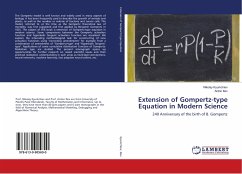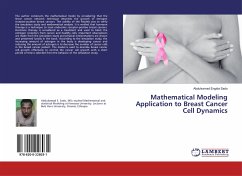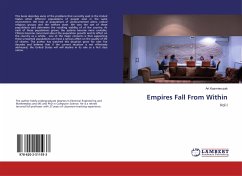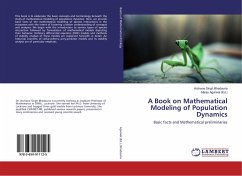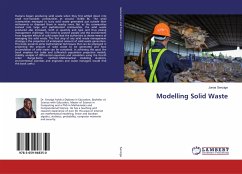The Gompertz model is well known and widely used in many aspects of biology. It has been frequently used to describe the growth of animals and plants, as well as the number or volume of bacteria and cancer cells. The model, referred to at the time as the Gompertz theoretical law of mortality, was first suggested and first applied by Benjamin Gompertz in 1825. The subject of this book is extension of Gompertz-type equation in modern science. Some comparisons between the Gompertz activation function and hyperbolic tangent activation function are visualized. We explore the interesting methodological task for constructing of new activation functions using ''correcting amendments'' for example from a combination of amendment of ''Gompertz-type'' and ''Hyperbolic Tangent-type''. Applications of some cumulative distribution function of Gompertz-Makeham type are studied. The present monograph opens up opportunities for further research on raised scientific issues and their practical realization understanding in such areas as multi-layer perceptrons, neural networks, machine learning, fast adaptive neural solvers, etc.
Bitte wählen Sie Ihr Anliegen aus.
Rechnungen
Retourenschein anfordern
Bestellstatus
Storno

